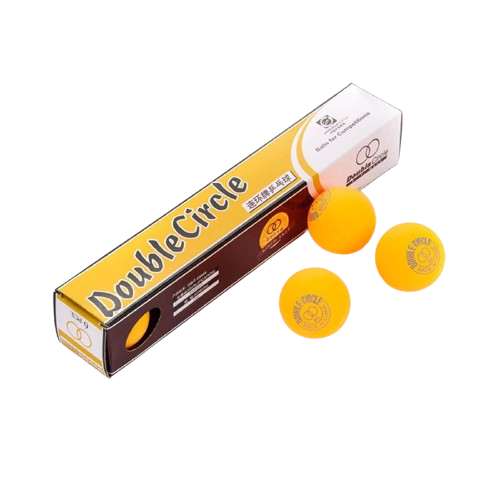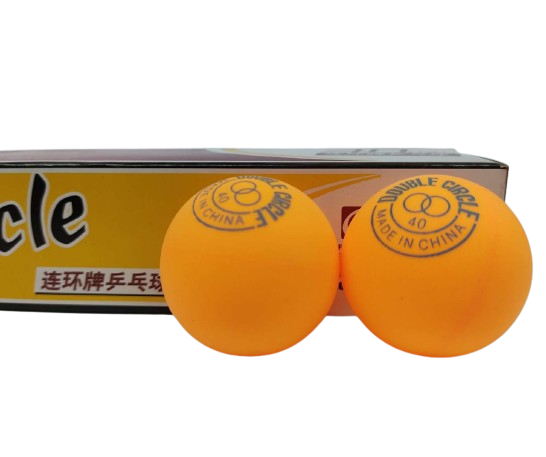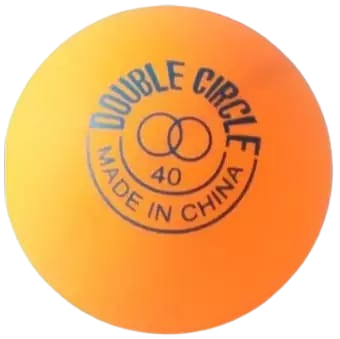Size and Weight:
- Diameter: The official diameter of a table tennis ball is 40 mm.
- Weight: It weighs 2.7 grams. These dimensions are regulated by the International Table Tennis Federation (ITTF) to ensure consistency in gameplay.
Shape:
- Spherical: The ball is perfectly round and smooth, ensuring predictable bounce and spin during play.
- Symmetry: Its perfect symmetry allows it to maintain consistent trajectories when struck by a paddle.
Material:
- Polymer Plastic: The modern table tennis ball is made from a plastic material known as celluloid or ABS plastic, depending on the manufacturer. Older balls were made from pure celluloid, but ABS plastic has become the standard due to safety and performance considerations.
- Lightweight Construction: The lightweight nature of the plastic ensures it floats easily through the air, making spin and control essential aspects of the game.
Color:
- White or Orange: The ball typically comes in either white or orange color. These colors are chosen for visibility purposes, especially against different backgrounds or table colors.
- Matte Finish: The surface has a matte finish to minimize glare and help players track the ball easily.
Bounce:
- Consistency: A well-made table tennis ball bounces uniformly when dropped, and it is designed to bounce up to a specific height (about 23 cm when dropped from a height of 30 cm).
- Elasticity: The ball’s construction allows for an ideal bounce that is neither too hard nor too soft, making it easier for players to control with their paddles.
Performance Characteristics:
- Spin Sensitivity: Table tennis balls are highly responsive to spin, which is a critical part of advanced gameplay. Players impart spin by varying the angle and speed of their paddle strikes.
- Speed: Due to its light weight and aerodynamic shape, the ball can reach high speeds, especially in professional play.
- Sound: The ball produces a characteristic “ping” sound when struck by a paddle or when it bounces on the table surface.
Star Rating:
- Star Ratings: Table tennis balls are rated by a star system. The most common are 1-star, 2-star, and 3-star balls. A 3-star ball is considered the highest quality, typically used in professional or tournament settings. Lower-starred balls are used for practice or casual play








Reviews
There are no reviews yet.